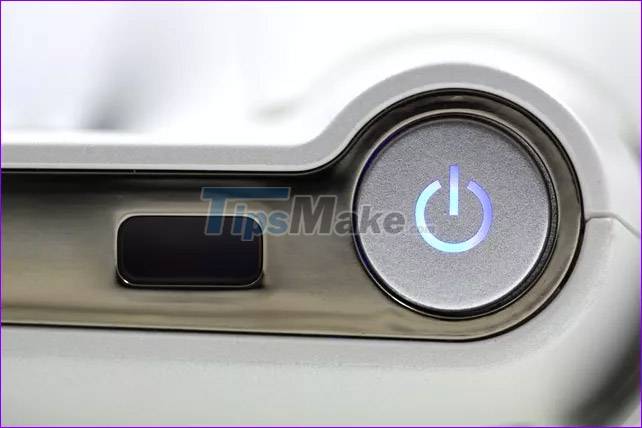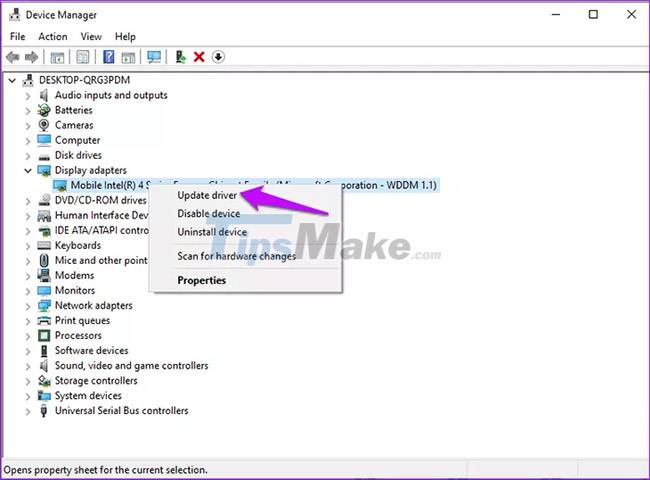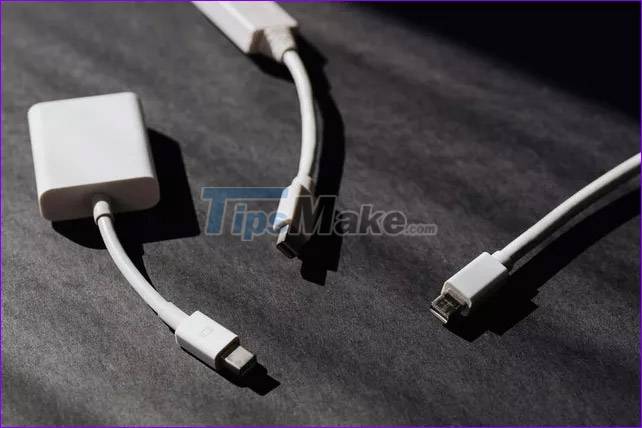Steps to fix white screen error on Windows 10
Stumbling across the white screen of death (WSOD) error can be a terrifying experience. For the most part, you wonder if there is a delay in launching apps or starting up. But when the white screen doesn't go away after a while, you know it's time to look for a solution.
Hardware failure is the main cause of the white screen of death problem. There are also cases where a software issue can result in a screen that doesn't have a white code. In most cases, force restarting the computer can fix the problem. But there are times when you have to do more to fix this white screen error.
1. Force restart the device
An application or software that suddenly stops working can cause a WSOD error. To resolve stuck apps, restart the device. Here's how to do it.

Press and hold the power button on the computer to turn it off. Wait about 10 seconds and press the power button to reboot.
For laptops, you can unplug then plug the power cable back in. You can then restart the computer and check if the system boots correctly.
2. Update the graphics driver
In most cases, WSOD occurs due to a problem with the display driver. If there is an outdated or incompatible graphics driver, the possibility of a white screen error is very common. Follow these steps to update your driver.
Step 1 : Right click on the Windows icon and click on Device Manager from the list.
Step 2 : Find the Display adapters option and expand the list.
Step 3 : Right-click on each driver and select the option Update driver.

Step 4 : Choose how you want to search for drivers and follow the on-screen prompts to start the process.
Step 5 : Wait for the process to complete and reboot the system to apply the changes.
Alternatively, you can select Uninstall drivers , then restart your computer and Windows will reinstall the updated driver.
3. Boot the system into Safe Mode
Operating the system with only basic functions can help solve the white screen of death error. This is because starting Windows in Safe Mode ensures minimal applications are running on the device. Safe Mode also temporarily disables third-party apps and runs the system with default settings.
4. Remove Peripherals
USB sticks, memory cards, and other external peripherals can be the cause of the problem. Try unplugging them and other additional peripherals first, then try restarting the Windows computer.

If the system boots without errors, then you will have to troubleshoot any peripherals, one by one.
5. Update Windows
Updating Windows will ensure you're running the latest features and bug fixes are fully applied. By updating the Windows operating system, you can fix potential errors. Refer to the article: How to keep your Windows computer up to date for more details.
6. Uninstall recent Windows update
If you discovered that WSOD started appearing after a recent Windows update, you can revert to the old version to fix the problem. Refer: How to remove Windows 10 update to revert to the old version of Windows for details on how to do it.
Good luck with your troubleshooting!
 Steps to fix Bluetooth error not in Device Manager
Steps to fix Bluetooth error not in Device Manager How to fix Windows cannot find msedge.exe
How to fix Windows cannot find msedge.exe Computer does not recognize speakers - Causes and solutions và
Computer does not recognize speakers - Causes and solutions và How to fix 'This Setting Is Managed by Your Administrator' error on Windows 10
How to fix 'This Setting Is Managed by Your Administrator' error on Windows 10 Steps to fix Windows 10 can't connect headphones
Steps to fix Windows 10 can't connect headphones Fix virtual keyboard not working in Windows 10
Fix virtual keyboard not working in Windows 10